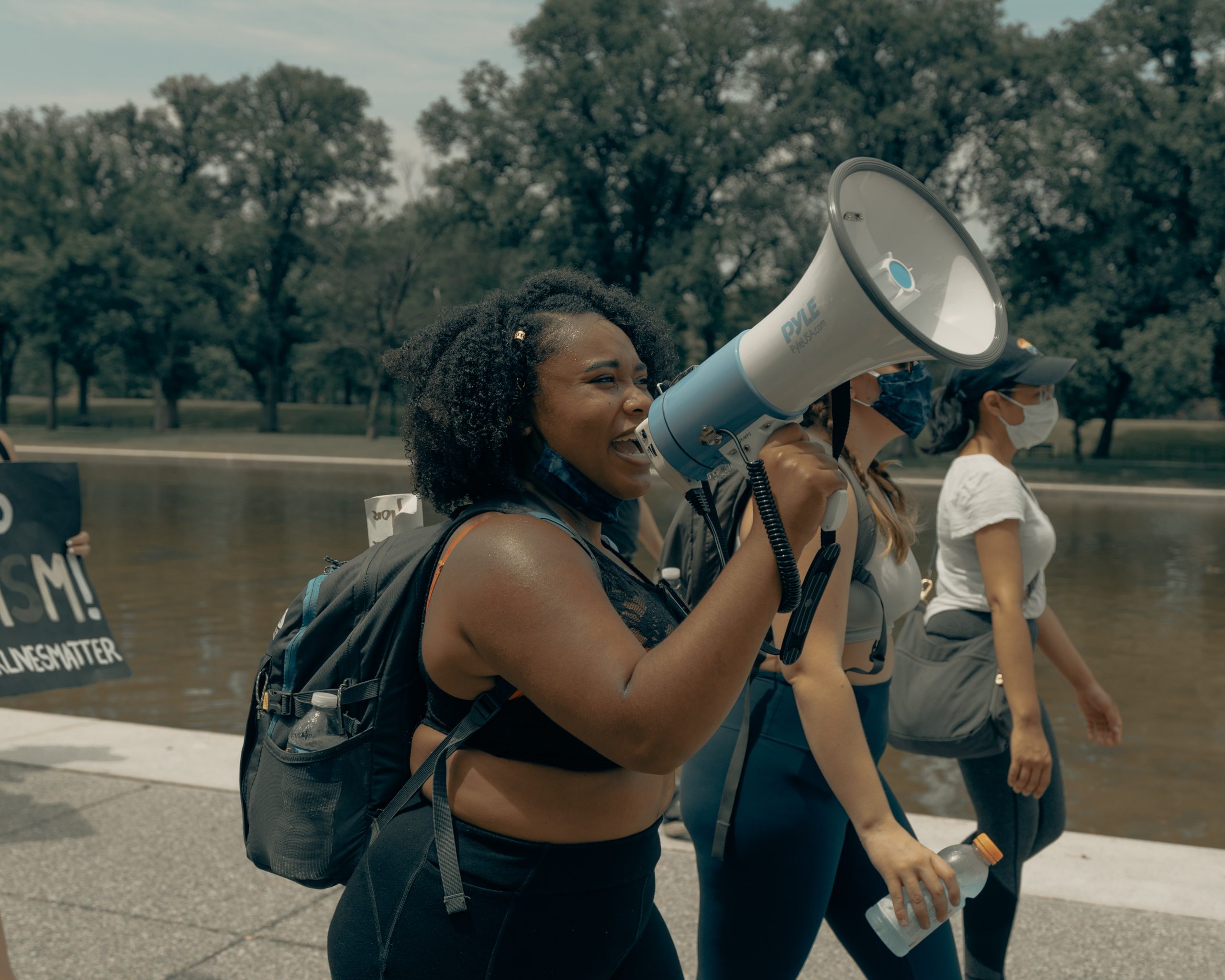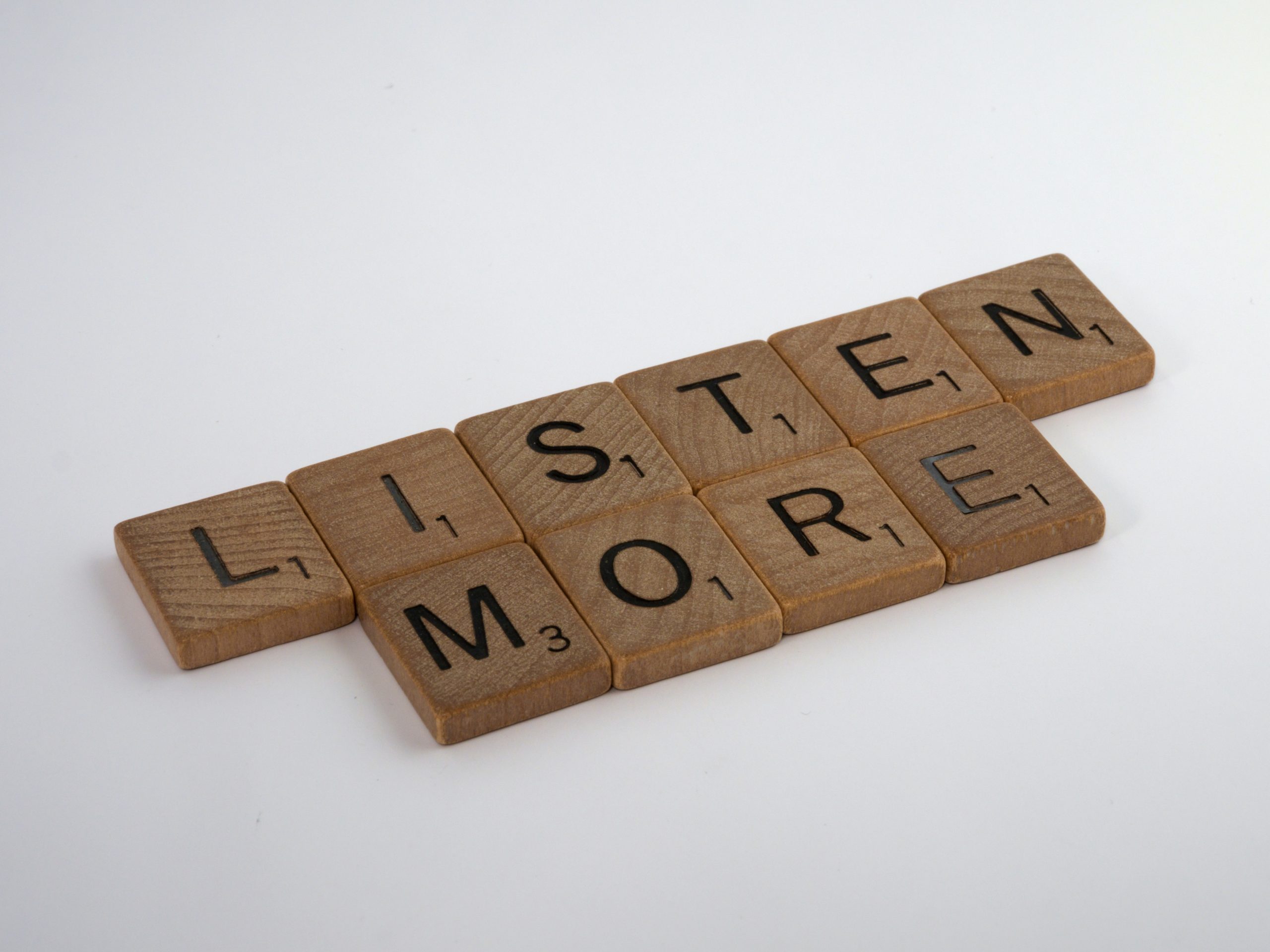Too often, activism is just ignored by those in power. Quiet activism could be exactly what we need to change this.
What is Quiet Activism?
Quiet activism is all about making activism less intimidating. While traditional activism often involves aggressively telling people what to do, quiet activism empathises with people and gently asks them to consider making changes. And then it leaves them to decide for themselves what (if anything) they’re going to do.
As activists, very rarely can we force people in power to do anything. We can make suggestions, and make very good arguments for them, but we can’t force it. Instead, we’ve got to persuade people.
Quiet activism knows this. And it uses strategic tactics to give us the best shot possible at getting people in power to listen.
Example – M&S Living Wage Campaign
The campaign to get M&S to pay the living wage is the perfect example of how effective quiet activism can be.
The activist group ShareAction had campaigned for 3 years to get M&S to pay the living wage, but were getting nowhere. They had yet to secure even one meeting with the CEO. So they called on Sarah Corbett, a master of quiet activism, to help.
Corbett and her supporters started a new campaign, but this time it focused on getting board members to really care about the issue. And for that, she made a real effort to build up relationships with them.
Her strategies included:
- hand delivering M&S board members thoughtful, handmade gifts
- sending them Christmas and Valentines cards encouraging them to make the step to pay living wage
- attending meetings where they acknowledged the difficulties with paying the living wage, but calmly explained all the benefits of doing it
Her supporters, who helped make the gifts and attended meetings with here, were all either already M&S customers or in the key demographics that M&S was targeting. That made it clear this issue was something M&S customers care about – not just something only loud activists care about.
The board members were touched by this kind of gentle activism, and within ten months of the campaign starting, they implemented the living wage at M&S.
How Quiet Activism is Effective
Why was Sarah Corbett’s method of quiet activism so much more effective than what others had tried before? It’s all down to how you use psychology to get people who aren’t already on your side to listen.
Most of the time, shouting at people about how they’re doing things wrong isn’t going to persuade them to change.

Instead, you need to gently point them towards how they could make a real difference. Their position in power gives them an opportunity to be part of the solution. You’ve just got to get them to remember that.
Let’s break down how quiet activism does that. Here’s our top 3 reasons why quiet activism is effective.
- It’s engaging for bystanders and non-activists
When you think of activism, you probably think of big, shouty protests in the street. That has its time and place, but many people find it intimidating. If I walk past people yelling at me, I’m not very likely to go up to them and ask what they’re yelling about – it’s too scary for an introvert like me.
But if there’s a small group of people having a chat, perhaps with some friendly looking signs inviting me over, I’m more inclined to go ask them what they’re doing. That’s why Sarah Corbett’s latest campaign, aimed at getting politicians to take action on the climate crisis, asks people to gather in ‘flocks’ of no more than 12 people.
- It gets people in power to listen
Quiet activism is strategic. It’s about getting those in power on your side. The most effective way to do that is to build a real relationship with them. And that requires actually empathising with them.
It’s easy to blame all the world’s problems on the incompetence of our current leaders. And obviously critique of the current system is useful and valid in the right places at the right times. But sometimes criticising people isn’t what’s needed. Instead, you’ve got to listen to those in power, and understand the challenges they face in getting the work done. Only then can you build enough trust to get them to listen to you too.
We know this from the M&S campaign example. Corbett explains that after the campaign, the board members ‘all told us that if we were standing outside screaming at them and not being gentle in our protest, they wouldn’t have even listened to us, never mind had those discussions with us.’
‘if we were standing outside screaming at them and not being gentle in our protest, they wouldn’t have even listened to us’ – Sarah Corbett
- It forces you to be thoughtful
Quiet activism forces you to think about realistic solutions to the injustices you’re protesting. Rather than shouting about how unfair the world is, quiet activism asks what we can do to fix the unfairness.
Craftivism, which involves making little handmade gifts as part of your activism, is perfect for this. Stitching something to send to your MP takes time and effort. Not only does this show politicians that you really care about the issue, but it also gives you time to slow down and think about the problem.
Sarah Corbett explains, ‘the process of crafting is just as powerful as the final product. It allows us to slow down, think clearly, and help us to be mindful of what we bring to our craftivism. The slowness and repetitive hand motions creates space to channel our feelings of powerlessness, anger, sadness, into something proactive rather than reactive. And we can use the time for deep engagement and critical thinking around the many layers of injustice that we need to help dismantle.’
‘we can use the time for deep engagement and critical thinking around the many layers of injustice that we need to help dismantle.’
How to Be a Quiet Activist
Quiet activism sounds all well and good, but we’ve been a bit vague about how you can actually do it. So where can you start?
Take these steps into account in the activism you do, and you’ll be on the right track.
- Listen – even if you think you disagree

Activism shouldn’t be an echo chamber. Only talking to people who already agree with you isn’t going to get anything changed. So you’ve got to engage with those you disagree with. That means you’ve got to be empathetic and listen to what they have to say – otherwise there’s no way to have a conversation.
Sarah Corbett explains on Leena Norms’ podcast that ‘most activism isn’t a safe discussion because it’s a lot of shouting at each other, or quite transactional stuff, rather than a two-way conversation.’
‘Most activism isn’t a safe discussion because it’s a lot of shouting at each other.’
Quiet activism gives you an opportunity to change that. Invite people who think differently to you into the conversation. And if they get stuff wrong to begin with, try not to shut them down or insult them for it. Instead, gently explain your point of view, while listening to theirs too.
- Think strategically about what resources you have
Where you should spend your time and energy depends on you and your resources.
You can exercise your power as a consumer. If you can afford to boycott unethical stores or products, you can show companies they’re losing profit by continuing their practices. But if you can’t afford to boycott them, that doesn’t mean you’re powerless. Contact the store as a concerned customer, and explain that you like their products but you’d be happier if they made some positive changes. In some ways, you have a lot of power if you can show you’re a paying customer, because you’re the consumer they want to satisfy.
Another person you always have access to is your local MP. If you’re thinking about contacting them, keep in mind these tips:
- Tailor your letter / conversation points / email to them and their beliefs – you can find out about these on theyworkforyou.com
- MPs are more likely to take notice of correspondence that has obviously taken time and effort, like a handwritten letter or a conversation at their surgery, rather than an email
- Make sure you empathise with your MP when you’re writing the letter – criticising them is less likely to open their mind than praising them on their work so far and suggesting how they can further improve it
Or, if you don’t have much free time, consider bringing conversations about the issue you’re trying to change into your life with people you’re talking to anyway. This could include:
- Asking your boss about how your company is working on the issue (e.g. how the company plans to minimise its environmental impact)
- Asking questions in job interviews about how the employer is working on the issue (e.g. how it ensures diversity and inclusion within the workforce)
- Engaging family and friends in conversations about the issue – remember to be empathetic and listen to them too, rather than just preaching
Try not to beat yourself up for not being able to do all these things. What you can do depends on how much time, energy, and money you have, and who you already have access to. Think about how you can use your specific resources most effectively.
- Take your time
It’s easy to get caught up in rushing towards the easiest or quickest action you can take, especially if the issue you’re campaigning on is urgent. But most societal changes take time, and most successful activism takes a lot of thought to get right. So rushing to make a petition might not always be the best way to go, even if it’s the quickest road to action. Instead, take a moment to think through what resources you have, and what the most effective method would be to use them to your advantage.
Quiet Activism Can Complement Loud Activism
Quiet activism doesn’t have to replace other kinds of activism. Sometimes, a loud protest on the streets is exactly what we need. It lets our anger out, it can get the public to pay attention, and it reminds us the issue is a crisis and should be treated as such.
Loud activism is great at raising awareness. But once you’ve done that, you’ve got to actually persuade people to act. And that’s where loud shouty activism falls down – it’s just too intimidating to engage most people. That’s where quiet activism comes in.
If we want to create long-lasting societal change, we’ve got to use all the tools in our kit, not just the loud and exciting ones. Gentle, thoughtful and kind activism is much more persuasive than aggressive shouting. We’ve got to put this fact into practice when planning our activism.
